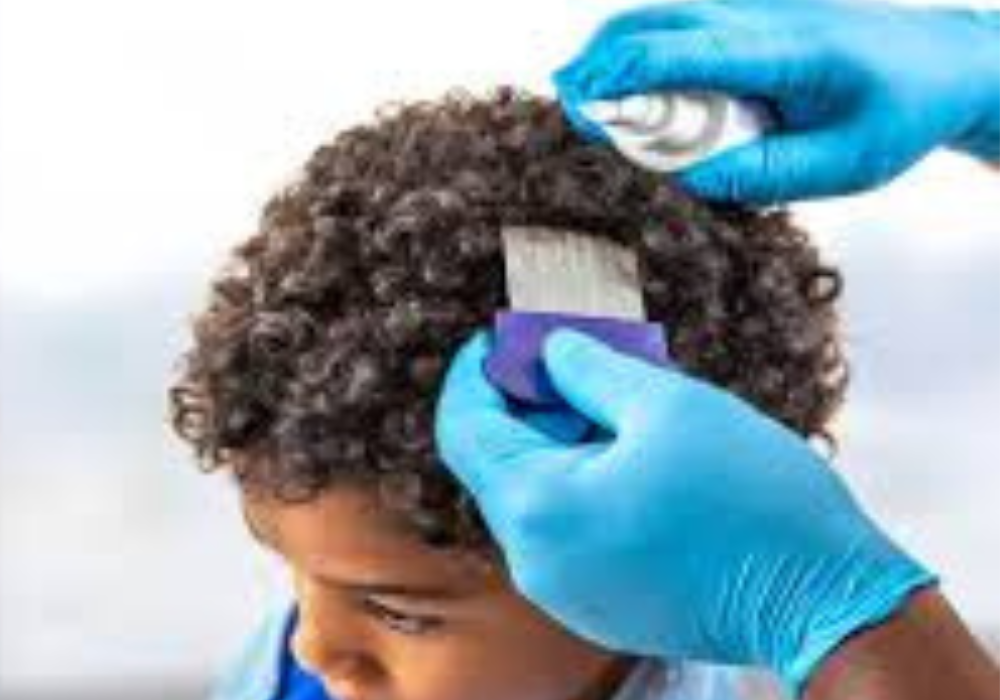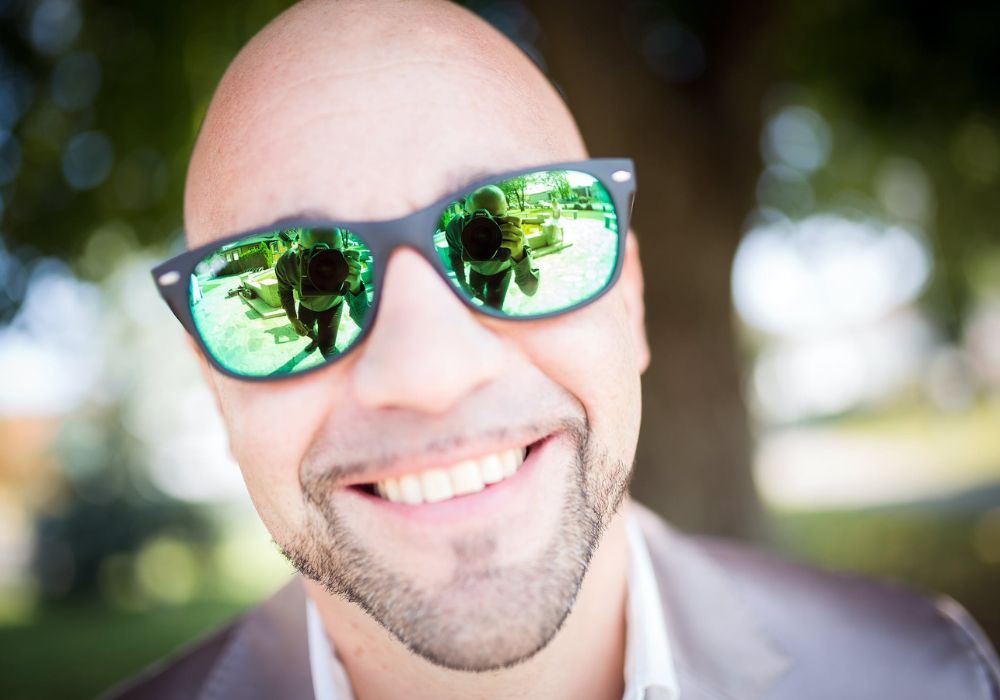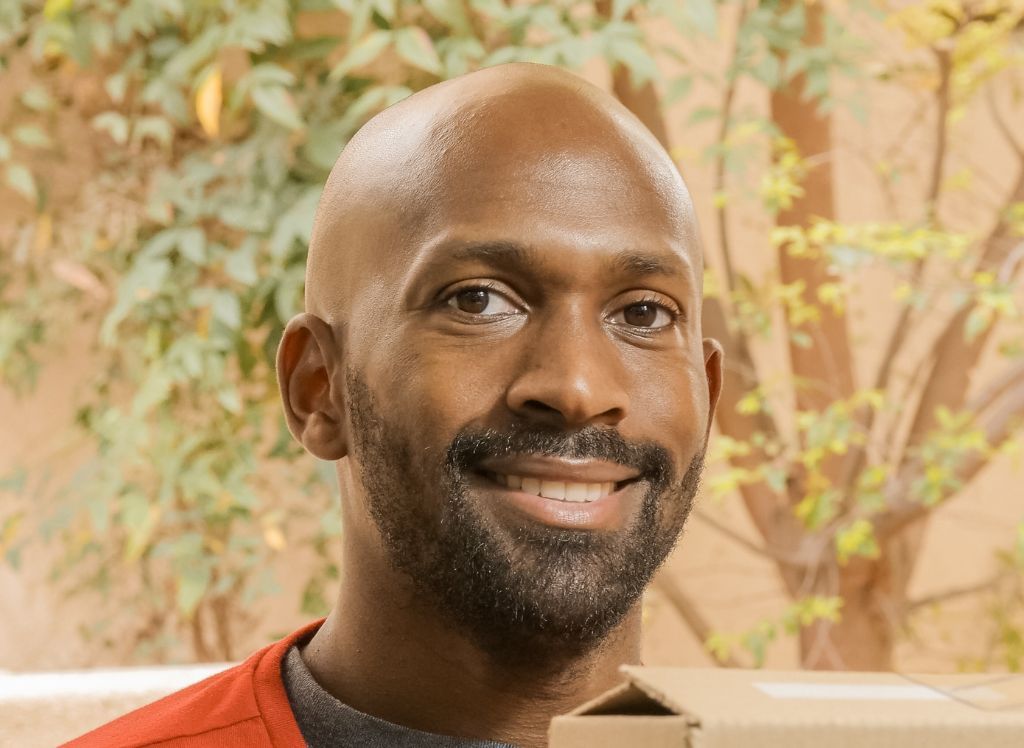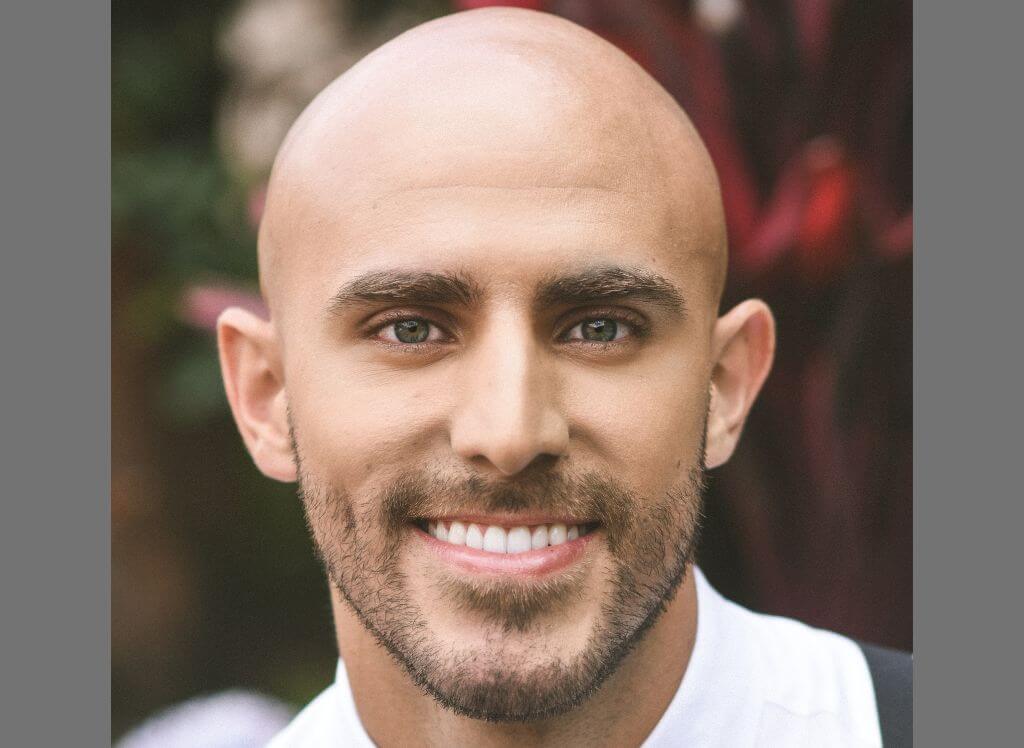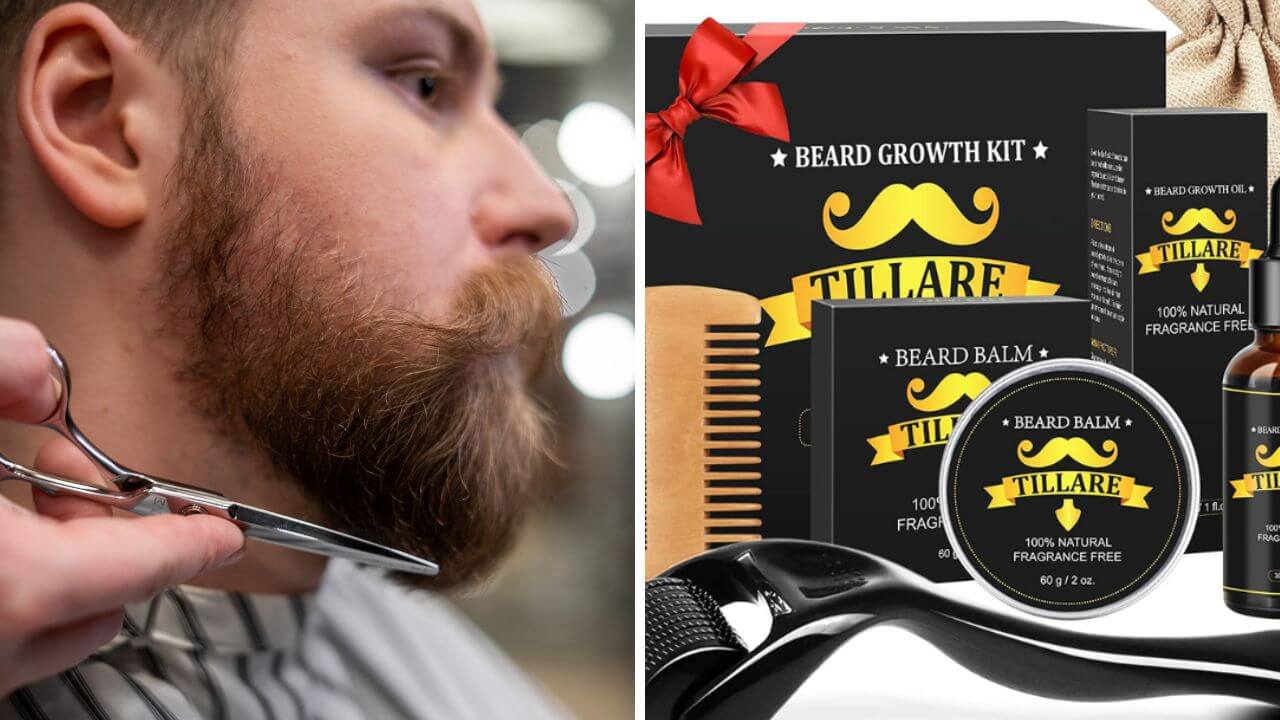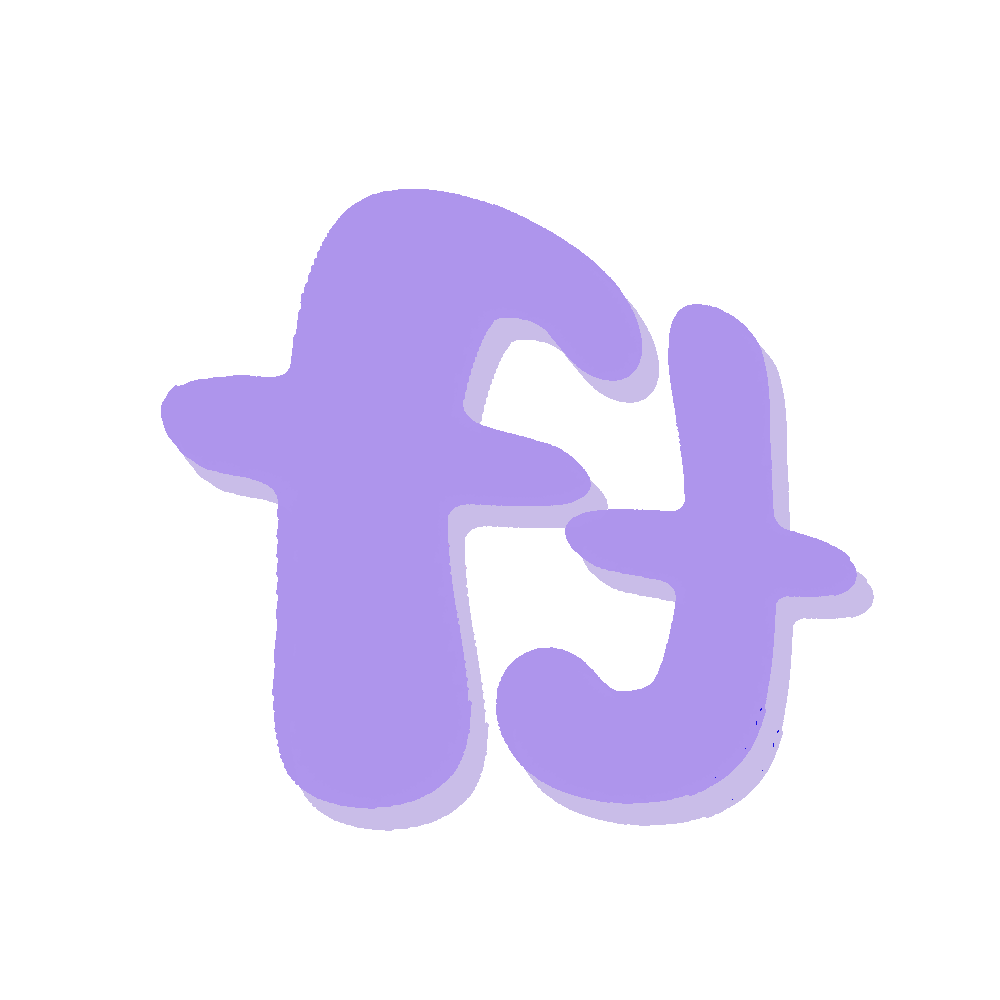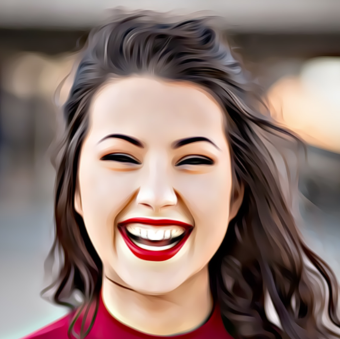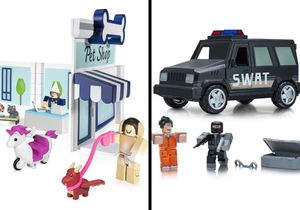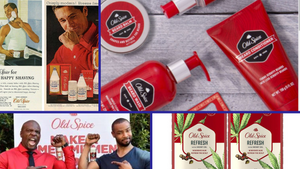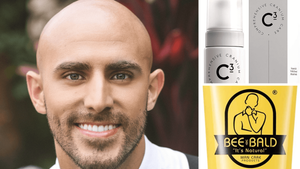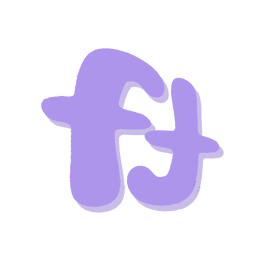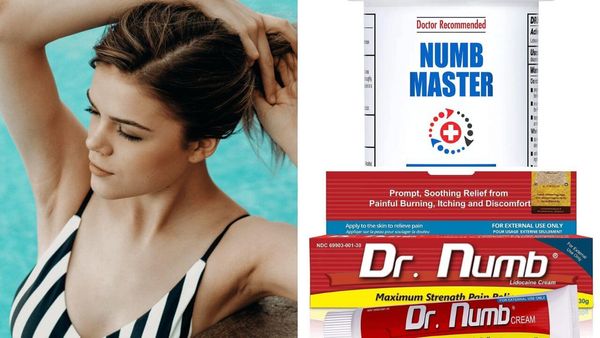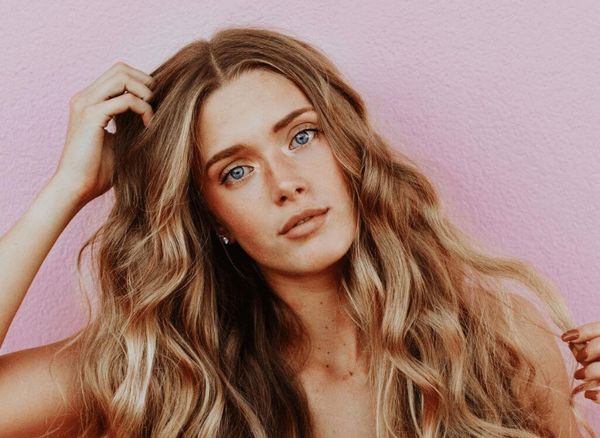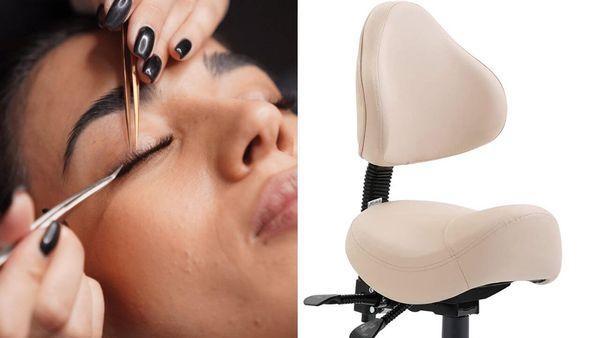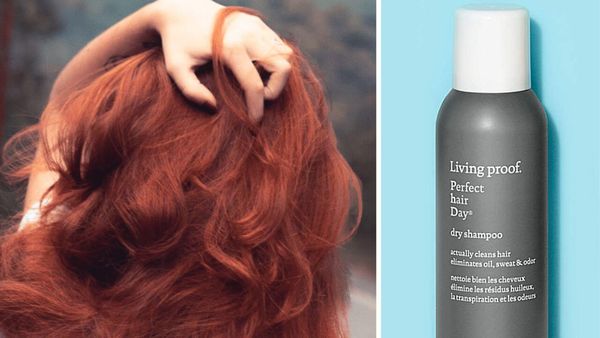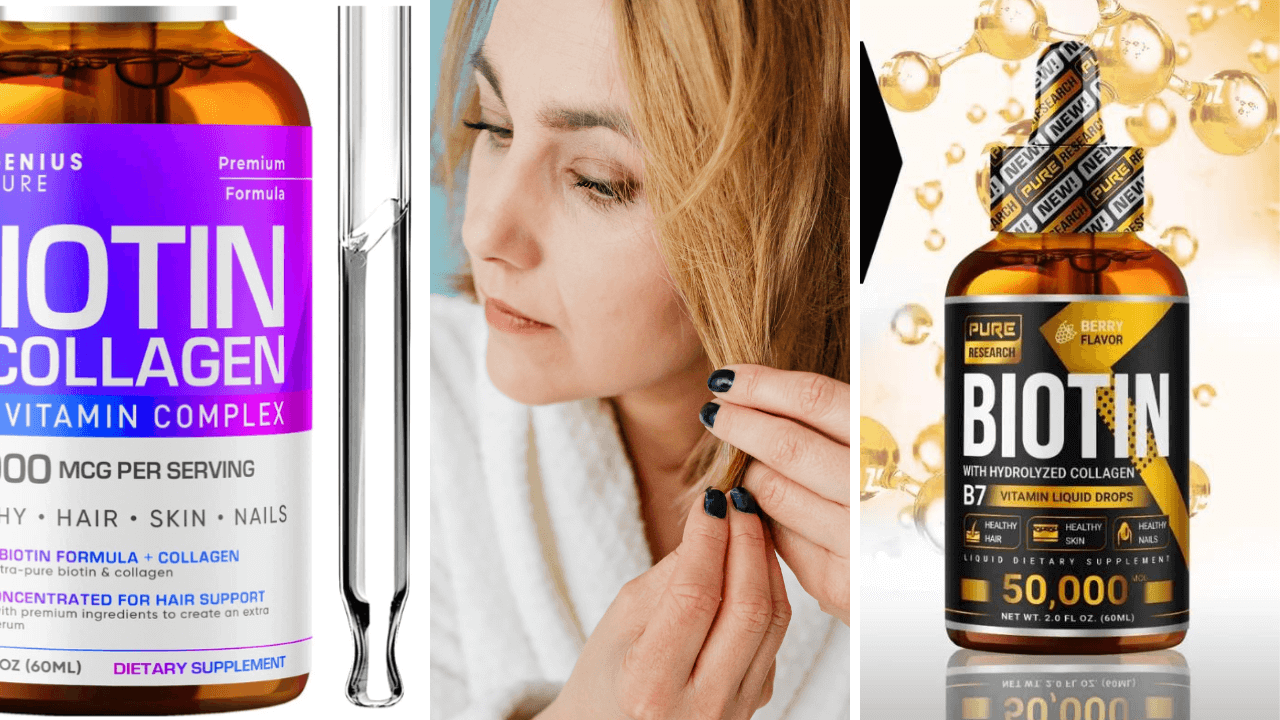Imagine This:
You've just discovered those dreaded little critters crawling on your scalp and you're wondering if your family has them, too!
Panic sets in, and you start considering extreme measures like shaving all your heads bald!
But hold your razor, my friend!
Is shaving really the answer to banishing lice for good?
Debunking the Myth: Why Shaving Your Head Won't Rid You of Lice
Contrary to popular belief, going bald isn't the magic bullet for head lice infestation.
Sure, it might seem like a logical solution, but the reality is a bit more complex.
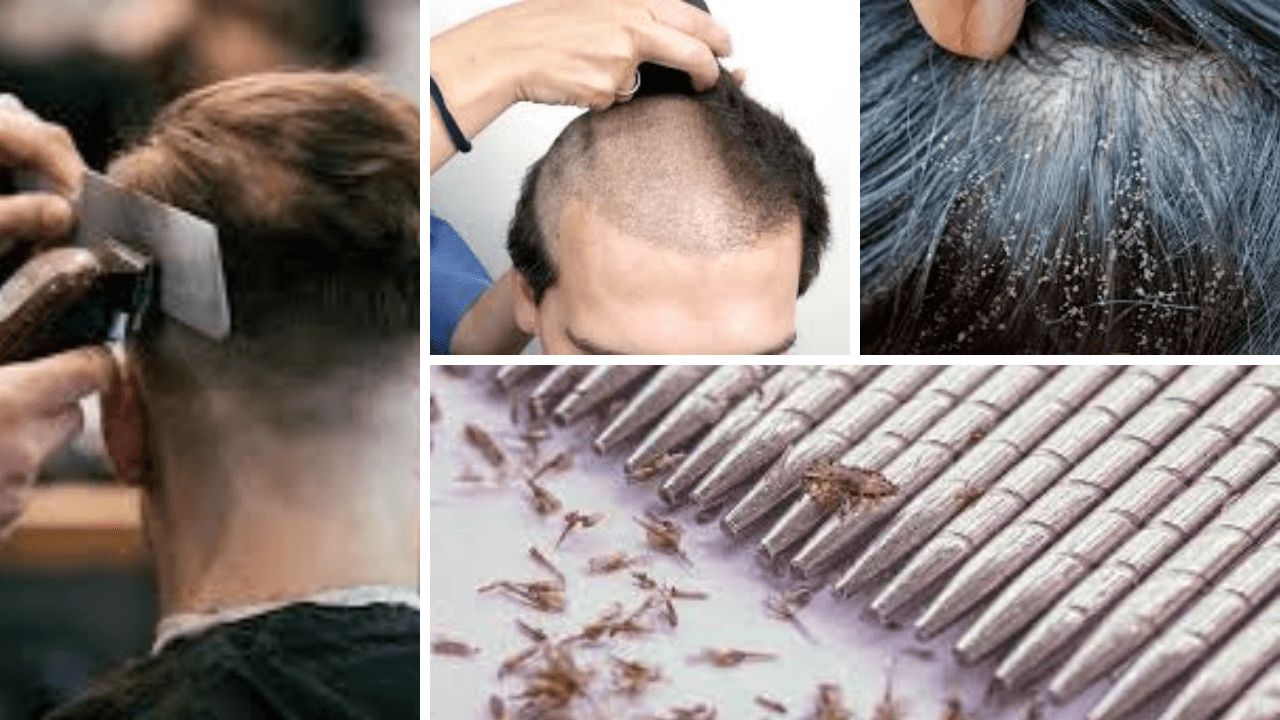
Luckily, we figured this out before we shaved off our daughter's hair after an outbreak at week-long girls' camp outing!
Her case was mild and we were able to use one of the solutions we shared below!
Head lice are tricky little creatures. They lay their lice eggs, also known as nits, close to the scalp. These nits are glued onto the hair follicle shaft, making them incredibly difficult to remove.
So, even if you shave your head, some hair stubble with attached nits might remain.
But some weed seeds are still in the soil, ready to sprout at the next opportunity. 😱 The same concept applies to lice and shaving.
Moreover, lice are survivors. Away from their human host, they can live for up to 48 hours.
This means they can hide on your pillowcase, hat, or even your favorite teddy bear, and pets, just waiting to crawl back onto your scalp once your hair starts growing back.
So, while shaving your head may reduce the number of head lice and nits, it doesn't guarantee complete elimination.
And let's not even get started on the aesthetic implications of going bald, especially if you love your locks!
When it comes to dealing with lice, there's more to consider than just grabbing a razor.
Stay tuned for more insights and effective alternatives to tackle those pesky parasites.
Remember, knowledge is power – and in this case, it can also be itch-free!
Forget about going bald, sleek, and shiny until you've read our article in its entirety.
We've got some lice-busting tricks up our sleeve that will have you itching for more (good kind of itching, we promise!).
So, what should you do instead? Well, luckily, there are non-toxic and effective over-the-counter products available that can help you bid farewell to a head lice infestation once and for all.
Combo kits, consisting of special shampoo, conditioner, spray, and a trusty lice comb, are often the go-to choice for many families.
These combo kits are designed to tackle both regular lice, lice eggs, and those pesky super lice that have developed resistance to common treatments.
By following the instructions and taking necessary safety precautions, you can increase your chances of a successful lice eradication mission.
Remember, it's not just about treating the infested individual. Thoroughly cleaning bedding, clothing, furniture, and other belongings is crucial to prevent re-infestation.
It's a team effort!
The Life Cycle of Lice: Understanding the Enemy
The life cycle of head lice encompasses three stages: egg, nymph, and adult.
These stages are collectively known as nits for lice eggs, nymphs for the juvenile stage, and adults for the mature stage.


From the moment the lice eggs have been laid until the their death, a complete life cycle lasts a maximum of 35 days.
Eggs, also known as nits, are hard to see and are often confused for dandruff or hair spray droplets.
Nits are laid by the adult female at the base of the hair follicle shaft nearest the scalp. They are approximately 0.8 mm by 0.3 mm, oval and usually yellow to white.
Nymphs are immature lice that hatch from the nits (eggs) after six to nine days. A nymph looks like an adult louse but is about the size of a pinhead.
To live, a nymph must feed on blood. Nymphs mature into adults about nine to 12 days after hatching.
Adult lice are about the size of a sesame seed, have six legs, and are tan to grayish-white.
In persons with dark hair, the adult louse will appear darker. Females, which are usually larger than males, lay eggs.
Adult lice can live up to 30 days on a person’s head. To live, adult lice need to feed on blood several times daily.
Without blood meals, the louse will die within one to two days off the host.
Understanding this life cycle is crucial in the fight against lice infestations.
Regular combing of hair with a fine-toothed lice comb can help remove adult lice, but this approach needs to be repeated twice, about a week apart, to disrupt the life cycle of the lice effectively.
Furthermore, it's important to note that lice can only survive on humans and pets.
If they fall off, they typically perish within two days. This is why thorough cleaning of bedding, clothing, and other personal items is a critical step in getting rid of lice.

The Rise of Super Lice: Resistant but Not Invincible
To make matters worse, there's a new breed of 'super lice' in town. These are lice that have developed resistance to many over-the-counter treatments.
However, don't lose hope just yet. There are still effective methods to eradicate these annoying pests.
Beware and Be Cautious!
Some modern lice-killing products still contain chemicals and pesticides that are not just toxic, but dangerous with many health risks.
Luckily, there are some great products available over the counter that are effective, but non-toxic.
One of the most effective methods for many families is to use a combo kit to eliminate lice completely.
These kits usually contain a special shampoo, conditioner, spray, and comb that is designed to kill and remove both super lice and eggs.
Check out the video below to see how one of the several lice treatment products we recommend is used.
The kits vary, but this will give you a great general idea what to expect so that you can be prepared to get results!
With any product, always follow all safety precautions.
Non-Toxic Treatments for Lice: Gentle but Effective
Non-toxic treatments for lice are becoming increasingly popular due to their safety and effectiveness. Some of these treatments include:
Dimethicone shampoos: Dimethicone is a silicone-based product that coats lice, effectively suffocating them. It's safe to use and less likely to lead to resistance compared to insecticide-based treatments.
Coconut and olive oil: These natural oils can be used to smother lice. Although a bit messy, they're an effective and chemical-free way to tackle a lice infestation.
Wet combing: This method involves systematically combing wet hair with a special fine-toothed comb to remove lice and nits. It's a time-consuming process but can be very effective, especially when done regularly over a period of time.
Essential oils: Certain essential oils, like tea tree and lavender oil, have been found to be effective in getting rid of lice and nits. However, they should be used with caution as some people may have allergic reactions to them.
Non-toxic lice removal products: There are numerous over-the-counter products available that claim to kill lice without the use of harsh chemicals.
These include products like Licefreee, a non-toxic head lice treatment, and Enviro-One LiceOut™, which uses natural ingredients to eliminate lice.
Thankfully, there are several non-toxic treatments available that offer a safer and equally effective alternative to dealing with lice!

Getting Rid of Super Lice
Super lice are a more resilient strain of head lice that have developed resistance to common over-the-counter treatments that contain pyrethrin and permethrin insecticides.
However, they are not invincible and can still be effectively treated.
For stubborn cases of super lice, there are prescription treatments available such as Ulesfia, Sklice, and Ovide.
These treatments are typically stronger and more effective than over-the-counter options but should only be used under the guidance of a healthcare professional due to their potential side effects.
There are also specialized professional lice treatment centers that use devices like the AirAllé.
The AirAllé medical device kills lice and their eggs through dehydration, providing a fast and effective treatment option.
It's important to note that while these treatments also kill the live lice and potentially some nits, manual removal of nits (lice eggs) from the hair is often necessary to prevent re-infestation.
Regular combing with a fine-toothed lice comb is recommended as part of any lice treatment regimen.
With the right approach and consistent treatment, it's possible to completely eradicate super lice from the scalp and hair.
Remember:
👉Ask your provider for recommendations for the safest and most effective option for all members of the family including pets.
👉Thoroughly treat all infested individuals and also clean bedding, clothing, furniture and other belongings to prevent re-infestation.
Time to Bid Adieu to Your Uninvited Guests!
So, you were thinking of going for the full-on bald look to kick out those lousy lice, huh? Well, sorry to burst your bubble, but it's not quite that simple!
Shaving your head bald might have seemed like an easy solution to getting rid of lice, but unfortunately it doesn't work that way! A bald person's scalp may still have lice.
But don't lose hope just yet!
Whether you're armed with a lice comb or a bottle of anti-lice shampoo, remember: patience and persistence are your best allies in this battle against these teeny-tiny invaders.
You can check out our article for lice removal kit recommendations.
Keep at it and soon enough, you'll reclaim your scalp from these pesky party crashers!
So here's wishing you a victorious lice-busting journey!
Soon, you'll be waving goodbye to those uninvited guests once and for all.
Wishing you a safe, healthy, and complete lice extermination!

You Might Also Enjoy These Articles:
